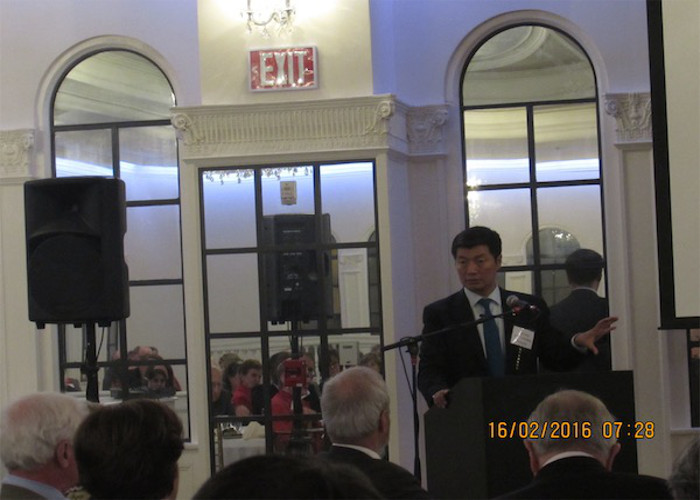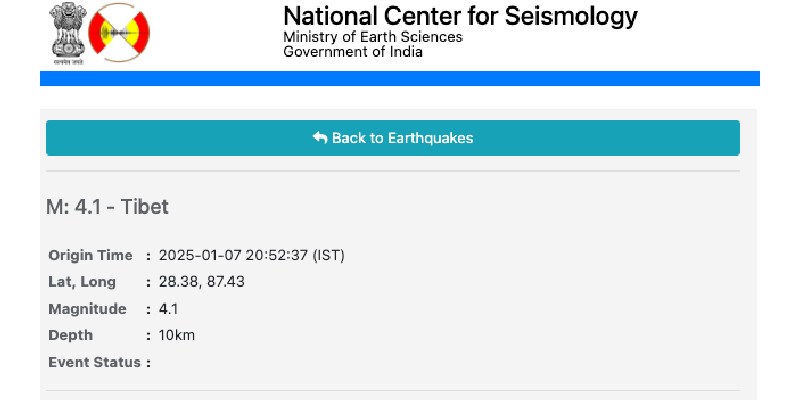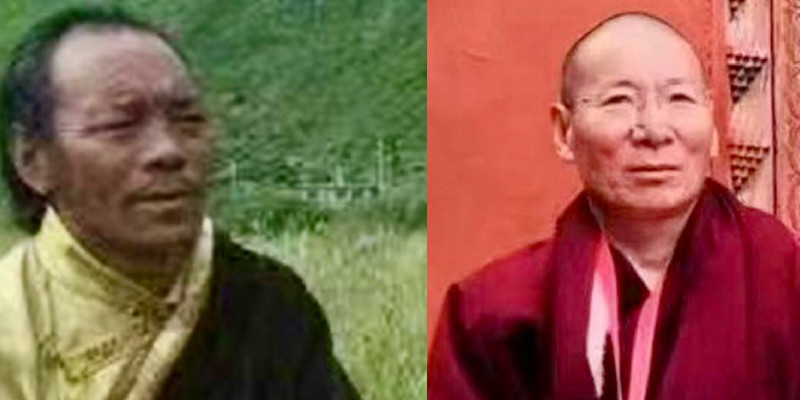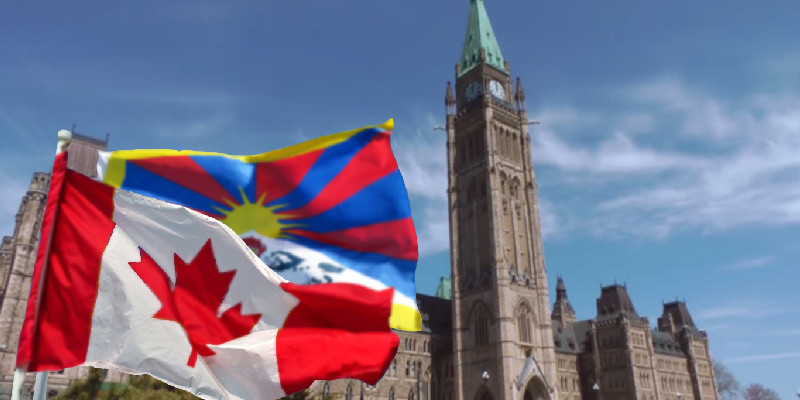Sikyong Dr. Lobsang Sangay told at a Talk event in Birmingham city of United State that he hopes that Tibet will be one of the greatest chapters of the 21st century under the spiritual guidance of His Holiness the Dalai Lama and the political leadership of the Central Tibetan Administration according to a report on official website of CTA.
Sikyong is currently in the United States on a series of speaking engagements on the theme of Tibet’s significance to the world. He spoke at the event in Birmingham city of Alabama state organised by the Birmingham Committee of International Affairs. Because the city of Birmingham itself shares a strong resonance to the Tibetan struggle with it being the centre of the non-violent civil rights movement for the African Americans, Mr. Sangay said “I have come here today, partly to connect with the spirit of the civil rights movement and partly to reflect, revisit and embrace the symbolism that the city of Birmingham represents,”.
While thanking the organisers and the audience for showing their interest and support towards Tibet, he said “even a simple gesture of support from the international community evolves into a strong message of hope for the Tibetans inside Tibet who continue to suffer economic marginalisation, social discrimination, political repression, environmental destruction and cultural assimilation under the Chinese government.”
While drawing out the political issues of Tibet’s significance, Dr. Lobsang Sangay also pointed out the geo-political significance of the Tibetan plateau. The sikyong told that audience that “Tibet is the source of Asia’s major rivers and is home to the third highest reserve of ice after the two poles,”.
“The only difference between Tibet and the two poles is that, while the water from the melting of ice on the poles go into the ocean, the melting of Tibet’s glaciers feed the rivers on which more than a billion people depend for livelihood,” Sikyong explained. “What is even more alarming,” Sikyong added, “is that almost 50% of the ice reserves and glaciers on the Himalayan and Tibetan plateau has already melted in the last few decades. And as far as NASA is concerned, by 2050, another 50% of the Tibetan glaciers will melt.”







Leave a Reply